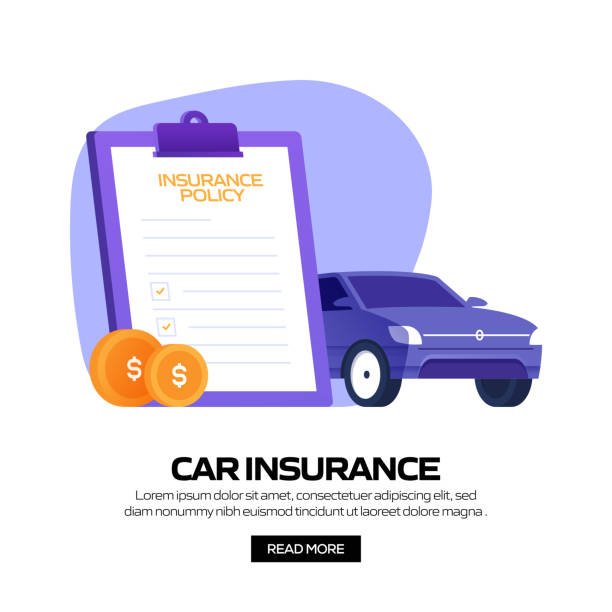The Ultimate Guide to Comparing Car Insurance: What to Look For and How to Choose
When it comes to car insurance, finding the right policy can be as crucial as choosing the right car. With countless options available, comparing car insurance effectively can save you money and ensure you have the coverage you need. Here’s a comprehensive guide on how to compare car insurance policies and make an informed decision.
1. Understand Your Coverage Needs
Before diving into comparison tools or quotes, assess your coverage needs. Consider the following factors:
- State Requirements: Each state has minimum insurance requirements. Ensure any policy you consider meets or exceeds these requirements.
- Vehicle Value: If your car is newer or has a high value, you might need comprehensive collision coverage.
- Driving Habits: Frequent drivers or those who commute long distances might need more extensive coverage compared to occasional drivers.
- Personal Circumstances: Consider factors such as your driving history, whether you have a clean driving record, and if you need coverage for additional drivers.
2. Types of Car Insurance Coverage
Understanding the types of coverage available is essential for comparison:
- Liability Insurance: Covers damages and injuries you cause to others in an accident.
- Collision Coverage: Pays for damage to your car from collisions.
- Comprehensive Coverage: Covers damage from non-collision incidents such as theft, vandalism, or natural disasters.
- Personal Injury Protection (PIP): Covers medical expenses for you and your passengers.
- Uninsured/Underinsured Motorist Coverage: Protects you if you’re in an accident with someone who doesn’t have adequate insurance.
3. Use Comparison Tools
Online comparison tools can simplify the process of evaluating different policies. These tools allow you to input your details and receive quotes from multiple insurers. When using these tools:
- Input Accurate Information: Ensure that the information you provide is accurate to get precise quotes.
- Compare Apples to Apples: Make sure the coverage limits and deductibles are consistent across the quotes you receive.
4. Evaluate Premiums and Deductibles
Premiums are the amount you pay for your policy, while deductibles are what you pay out-of-pocket before insurance kicks in. When comparing:
- Premiums: Look for affordable premiums that fit within your budget.
- Deductibles: Higher deductibles generally result in lower premiums but more out-of-pocket costs when you file a claim. Find a balance that suits your financial situation.
5. Consider Customer Service and Claims Handling
Price isn’t everything. A lower premium might not be worth it if the insurer has poor customer service or a bad reputation for handling claims. Research:
- Customer Reviews: Look at online reviews and ratings for customer service experiences.
- Claims Process: Find out how easy it is to file a claim and how quickly claims are processed.
6. Discounts and Savings
Many insurers offer discounts that can reduce your premium. Look for:
- Bundling Discounts: Combining car insurance with other policies like home or renters insurance.
- Safe Driver Discounts: For those with a clean driving record.
- Low Mileage Discounts: For those who drive fewer miles than average.
- Safety Features Discounts: For cars equipped with advanced safety features.
7. Read the Fine Print
Before finalizing any policy, thoroughly review the terms and conditions. Pay attention to:
- Exclusions: What’s not covered under the policy.
- Limits of Coverage: Maximum amounts the insurer will pay for different types of claims.
- Policy Endorsements: Any additional coverage options or endorsements that may be included.
8. Get Professional Advice
If you’re unsure about the best option for you, consider consulting an insurance agent. They can provide personalized recommendations based on your needs and help you navigate complex policies.
Conclusion
Comparing car insurance is a critical step in finding the best coverage at the most affordable price. By understanding your coverage needs, using comparison tools, evaluating premiums and deductibles, and considering customer service, you can make a well-informed decision. Remember, the goal is not just to save money but to ensure you have the protection you need for peace of mind on the road.
